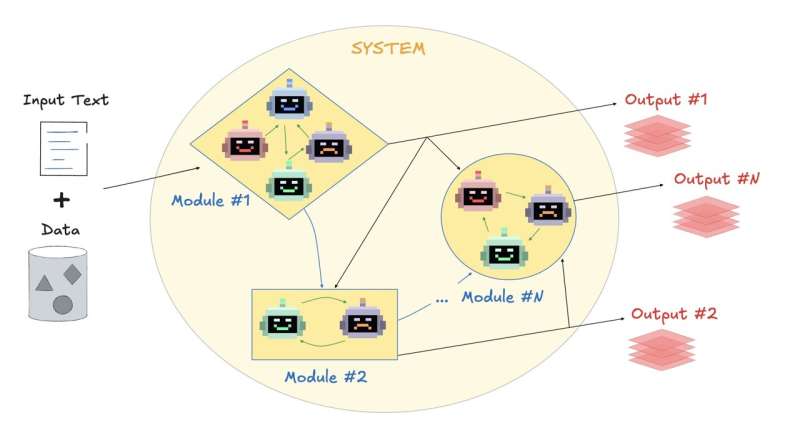Recent research by scholars in Scandinavian studies reveals that many popular beliefs about Vikings and their culture are fundamentally flawed. According to experts from the Cluster of Excellence at the University of Münster, the mainstream understanding of Vikings is heavily influenced by interpretations from later medieval sources rather than actual historical evidence.
The Viking Age, typically defined as occurring between the 8th and 11th centuries, is often romanticized in modern media, from films to video games. However, Roland Scheel, a scholar from the Cluster, notes that our perceptions are largely shaped by narratives constructed by Christian scholars in the High Middle Ages, which emerged well over a century after the Viking Age. “Besides brief runic inscriptions, no written texts from the original period have been preserved,” Scheel explains.
Many popular images of the Viking, such as the fearless adventurer and skilled seafarer, are oversimplified. The historical record tells a more complex story, where the surviving texts are better understood as “memorialized history.” This narrative often overlooks the violent nature of Viking raids and presents a sanitized version of Norse paganism that emphasizes a warrior culture and an exceptional status for women compared to later medieval times.
The impact of these idealized views extends into contemporary culture. Neo-pagan groups often adopt aspects of Norse mythology, presenting their beliefs as a continuation of ancient Scandinavian practices, frequently in opposition to monotheistic religions such as Christianity. Yet, Scheel points out, this perspective fails to address the darker elements of Viking history, which are starkly contrasted with modern views on other historical events, such as the Crusades, often associated with coercion and brutality.
Reinterpreting Viking Identity
The research conducted by Scheel and his colleague Simon Hauke explores how the medieval roots of the ‘pagan North’ influenced later interpretations and how cultural movements have reshaped these ideas over time. They highlight that concepts of Scandinavian paganism have evolved through various authors and movements, from the 13th-century Edda by Snorri Sturluson to references made by political figures like Otto von Bismarck.
“Studying how people imagined Scandinavian paganism in their specific historical context reveals much about their goals and mindsets,” Scheel notes. This research allows scholars to examine the evolution of knowledge surrounding Norse mythology and its implications for identity formation.
The political manipulation of Norse mythology has a troubling history. Scheel emphasizes that the Volk movement and the National Socialists misappropriated these ancient narratives to promote racial ideologies. Although some associations with right-wing extremism remain, contemporary interpretations of Norse mythology have diversified significantly.
Modern Influences and Cultural Legacy
The influence of Norse mythology extends beyond academic circles, permeating various cultural expressions. Richard Wagner‘s opera The Ring of the Nibelung is a notable example, shaping modern perceptions of figures like the Valkyrie. Hauke explains that Wagner’s portrayal of Valkyries as feminine warriors has become iconic, often represented in popular music and media, such as album covers and trading cards.
However, this representation simplifies the complex roles of Valkyries in Old Norse texts, where they served as selectors of the slain, lovers, and even barmaids in the afterlife. The multifaceted nature of these figures is often lost in modern retellings, which tend to emphasize a singular warrior identity.
The ongoing research project titled “Paganisations: Memorialised paganism as an element of Scandinavian and European identities” aims to delve deeper into these themes. The upcoming conference, “Imagining Nordic Paganism: Cultural Memories and Scholarly Thought Since the Middle Ages,” scheduled for March 2025, will feature experts from various fields, exploring topics such as the intersection of gender and paganism, and the historical significance of pagan identities.
This comprehensive examination sheds light on the long and evolving history of how Scandinavian paganism has been interpreted and its lasting impact on modern cultural identities. As scholars continue to challenge misconceptions, they reveal the complexity of Norse heritage and its relevance in contemporary society.







